Kiwi is a fruit native to China but today New Zealand has a lot to share about kiwifruit. It is considered a berry, as it grows on a vine. The most common species is fuzzy kiwi or Actinidia deliciosa. The mature fruit is about the size of an egg and is 2 to 3 inches long. It looks brown and opaque from the outside, with light green flesh and rows of small black grains inside. Kiwi flavor is sweet and slightly acidic.
Kiwi is usually eaten raw, although some people prefer it as a juice. It is often used as a sweet spice due to its bright appearance. One of the most common kiwi desserts is Pavlova, a meringue dish. This fruit is rich in dietary fiber and vitamins C, E, and K. It is also believed that this fruit has medicinal properties. Some studies have shown that it reduces the incidence of asthma, wheezing, and other respiratory problems. Kiwifruit has also been linked to improved digestion in people with irritable bowel syndrome.
Although native to China, the kiwi was not commercialized until it arrived in New Zealand in the early 20th century. These seeds were first planted in 1906 and bore fruit in 1910. It was grown commercially in New Zealand in the 1940s. Kiwifruit became popular during World War II when US troops were stationed there. It was first known as Kiwi in 1959 and became the official export name in 1974. In fact, The kiwi is also the national bird of New Zealand. In the 1980s, other countries of the world began to produce and export kiwi.
Today, kiwi is grown in many countries of the world, especially in temperate climates. It takes about seven years for the seedlings to bloom and bear fruit. To save time, most plants are transplanted into the plant currently being produced. Cultivators plant 1 male plant for every 3 to 8 female vines for pollination. After ripening, the fruit is harvested by hand with plants producing between 14,000 and 18,000 pounds per hectare, depending on the age of the plant.

Kiwifruit season NZ
The kiwifruit season in New Zealand runs from April to January. New Zealand’s 2022 kiwi harvest season has kicked off, and there are more kiwis to be picked across New Zealand in the coming months. 2022 will likely be another record year, with more kiwifruit harvested than ever before. At least 190 million pallets are expected to be harvested, surpassing last year’s record of more than 177 million pallets. On average, there are about 30 kiwis in each tray.
The new RubyRed cultivars from Zespri are selected first, followed by the Gold and Green cultivars. The harvest usually peaks in mid-April and continues through June. Sweet red kiwi with a raspberry flavor will also be picked from supermarket shelves in New Zealand and some overseas markets this year. 2022 marks the first year that RubyRed will be sold as a commercial variant.
The Head of Farmers, Industry, and Sustainability at Zespri, said: “As this season’s harvest is about to begin, farmers and the broader industry will once again comply with all government protocols and work to pick, package, and transport the expected product is another ample product to safely harvest at least About 190 million pallets, maybe more.
“In addition to the continued increase in sales of our SunGold kiwifruit this season, we are excited about the first year of commercial sales of Zespri ruby kiwifruit, which we know consumers in New Zealand, Singapore, Japan, and China look forward to very much.”
The success of the 2022 kiwi fruit harvest depends on the ability of the industrial supply chain to operate effectively in the rapidly changing COVID-19 environment. The industry requires 24,000 people to pick and pack the crops. However, the increased incidence of COVID-19 is expected to limit its availability to New Zealand citizens. In addition, the opening of New Zealand’s borders is not expected to replace the 6,500 backpackers required for the harvest.
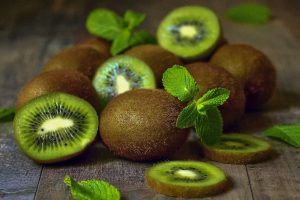
NZ kiwifruit
If it tastes delicious, it should be bad for you, is not it? Unfortunately, there are many attractive foods that are delicious but nutritionally useless. Fortunately, NZ kiwifruit is an exception. The spicy green kiwifruit is not only refreshing and perfect for eating, but also rich in nutrients. Green kiwifruit Zespri is one of the most nutritious fruits. Not only is it rich in vitamins and minerals, but it is also rich in sources of vitamin C, fiber, potassium, and folic acid. This amazing combination of nutrients works in the body and has great health benefits.
High-fiber foods help maintain a healthy digestive system. Eat green kiwifruit daily and experience light and smooth digestion. It also contains the natural substance actinidin. Actinidin breaks down a wide range of dietary proteins faster than digestive enzymes alone. An Amazing fact for kiwifruit! Zipper green kiwi contains more vitamin C than orange / 100g. To be precise, it contains 85.1 mg of this protective nutrient per 100 g (compared to the 53.2 mg contained in orange / 100 g).
Strictly speaking, there are no “good” and “bad” foods when it comes to monitoring weight. Of course, the important thing is to be modest and to balance the calories you eat with the energy you consume. But it’s certainly good to discover that delicious treats help maintain weight and at the same time provide great nutrition. The green kiwifruit contains only 81 calories per 100 grams. An overall choice that is better than many other desserts.
Whether you are creative in the kitchen or prefer to stick to your trial-and-error favorites, kiwifruit is a great versatile material to use in cooking. If you want to add a refreshing touch to your family’s favorites, why not bring a kiwifruit quiche for lunch? The crispy and tart taste of kiwi turns familiar dishes into great treats!

Kiwifruit recipes NZ
Kiwifruit
Kiwi is a versatile fruit because of its unique taste. There are several ways to incorporate kiwi into your daily meal to make it taste more fruity. Here are some of the best ways to use raw and cooked kiwis:
- Cobbler: To make a kiwi cobbler, you can mix some kiwi, brown sugar, lemon juice, flour, muffin mix, and a little nutmeg. After cooking, serve warm with some ice cream or cold yogurt.
- Simple: the kiwi is delicious on its own, cut in half and you can use a spoon to separate the kiwi flesh. Some people even eat the skin for extra fiber.
- Garnish: When peeled and sliced properly, kiwis can look great on almost any dish. You can grill the sliced kiwi on both sides and put it on the chicken breast for more flavor. Cold Kick – For a refreshing cold drink, add some ice cubes, kiwi, frozen lemonade, some mint, and a teaspoon of sugar to a blender for a delicious freezer meal.
- Smoothies: Kiwi is a great fruit to use in smoothies because of its intense flavor. For the best smoothie, mix some kiwi, banana, and any other fruit (like apple or papaya) with some skim milk or low-fat yogurt. For extra nutrition, you can add some spinach, the kiwi completely covers the flavor. Jam. You can use kiwi, lemon juice, apple, pineapple juice and sugar to boil and reduce some kiwi jam. It can be used as a topping for dessert or as a spreader for bread slices.
- Parffe: To make a kiwi parfait, you have to put some low-fat yogurt, sliced kiwi, and granola in a glass or bowl. Add some honey or nuts to make it crunchier and sweeter. Sweet and sour – you can cook pork, lamb, or beef to your liking and top it with a kiwi, mango, and mint salsa. Try seasoning the meat with nutmeg, cumin, and ginger to match the kiwi flavor.
- Salsa: The kiwi used in the salsa is amazing! Mix some mango, pepper, cilantro, honey, and lemon juice with some chopped kiwi to serve as a garnish for tortilla chips.
- Dried: Dried kiwis are delicious and a great way to preserve kiwis for longer. You can even dehydrate yourself.

Now let’s see How to Cook with Kiwi, Kiwifruits contain a lot of enzymes and are great meat softeners. If you have a particularly tough steak, you can cut up some kiwi, rub it around the meat, and let it marinate for a while. Over time, the enzymes in the kiwi will destroy the firmness of the meat, making your steak softer and more edible. On the other hand, kiwi fruit should not be eaten with milk as it can cause the milk to curdle. Kiwi also prevents gelatin from hardening, so you shouldn’t try to make ice cream or jellies with kiwi.
The best way to cook with kiwi is in puddings like Pavlova, in smoothies, or as a marinade for meat. For baking, a good dessert choosing a ripe kiwi is so essential, Buying a ripe kiwi can be difficult because you can’t clearly see if the inside of the kiwi is ripe. Kiwis are firm, so feeling them is the best way to tell if it’s ripe. When you’re looking for a ripe kiwi, the kiwi should still be firm, but not hard. Avoid soft kiwis. Ripe kiwis have a sweet floral aroma. Do not break the kiwi peel, press gently.
It doesn’t matter what is the size of the kiwis you buy, because both big and small kiwis are delicious whether you eat them raw or cooked. For Storing Kiwi fruit, if you buy a ripe kiwi, you should keep it in the refrigerator for 3 to 5 days and keep its skin clean and unwashed to extend its shelf life. For ripening kiwifruit, you must let it sit at room temperature for about 3 days, or until the kiwifruit is a little stressed. To speed up the process, you can store the kiwi with the banana in a paper bag at room temperature until it’s ripe enough to eat.
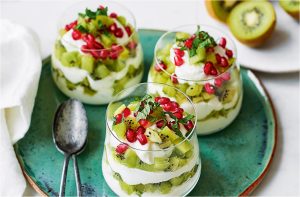
Giant kiwifruit NZ
This giant piece of kiwi is located outside the Kiwi360 Theme Park, a major tourist attraction just a 10-minute drive from Te Puke, the city known as the Kiwi Capital of the World. Launched in 1987, the Kiwi 360 is an active visitor orchard offering kiwi garden tours, kiwi history, kiwi, cafes and kiwi souvenirs. Climb one of the KiwiKarts for a fun experience and engaging 40-minute tour of the great landscape, the Gardens Theme Park, and the lush gardens.
Along the way, you will gain insights into the intricacies of the growth process, the vibrant kiwi industry, and how it has become such a phenomenon. Discover how this completely unique land can grow the healthiest fruit in the world better than any other place in the world and taste it for yourself! This is a place you never want to miss it.
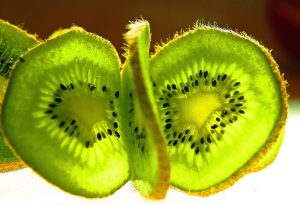
Kiwifruit disease nz
Pseudomonas syringae pv actinidiae (known as Psa or batteriosi) is a bacterial disease affecting kiwifruit (Actinidia). Psa poses no risk to human or animal health and does not affect plants other than kiwifruit. The disease directly affects the health and survival of the plant, not the fruit. It is spread by spores in the air, i.e. it is easily spread by heavy rain, strong winds, animals, and humans. How does it affect kiwifruit plants? The first symptoms of the disease are brown spots and corners on leaves, sometimes surrounded by a yellow halo and leaf twist.
In some cases in Italy, the bacteria can enter the vines and cause overt cancer, causing the vine to wilt or the plant to die. How does it affect the kiwifruit market? The disease was first identified in green kiwi (Hayward) grapes in Japan about 25 years ago and in green kiwi grapes in Italy in 1992. In recent years, the outbreak of Psa has caused damage to the industry in the Lazio region of northern Italy, including damage to the industry. The region belongs to New Zealand’s golden kiwi orchard. The disease is estimated to cost Italy around 2 million euros.
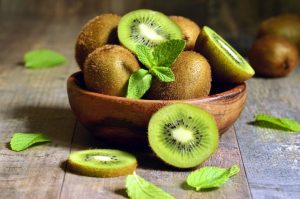
The disease has different effects in different settings – Psa is present in Japan and South Korea, but the disease is under control. The New Zealand Plant and Food Research Centre said the effects of Psa depended on the environment and how it was managed. Being aware of these diseases are so vital to the farmers who want to establish a kiwi farm, farmers must always have a second plan in their mind for this kind of disease.


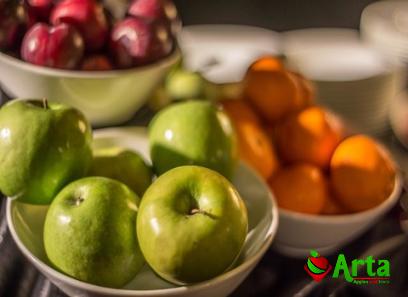
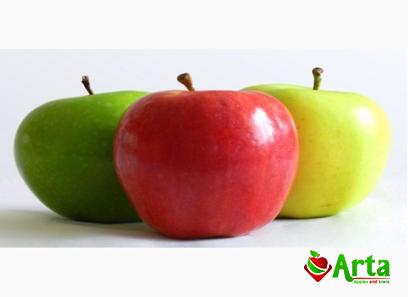
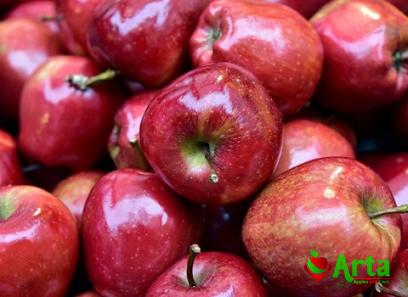
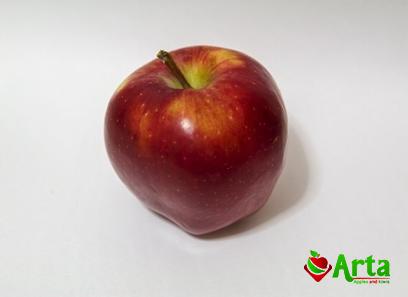
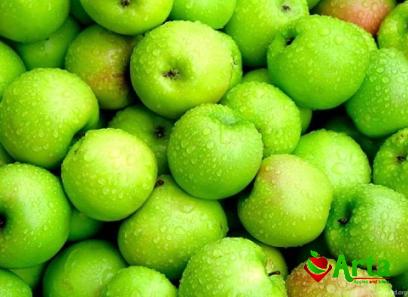
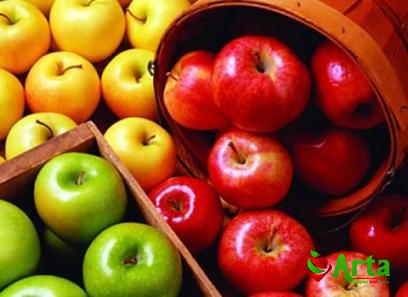
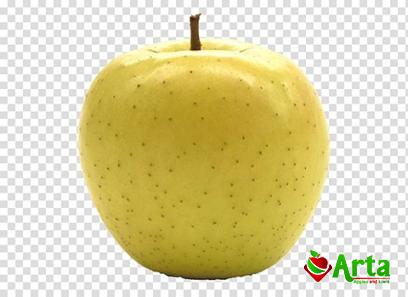
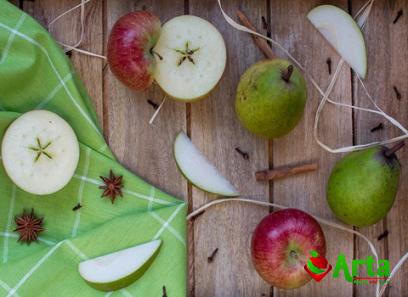
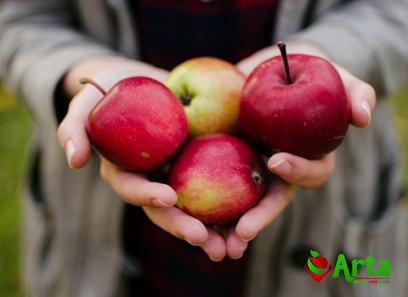
Your comment submitted.